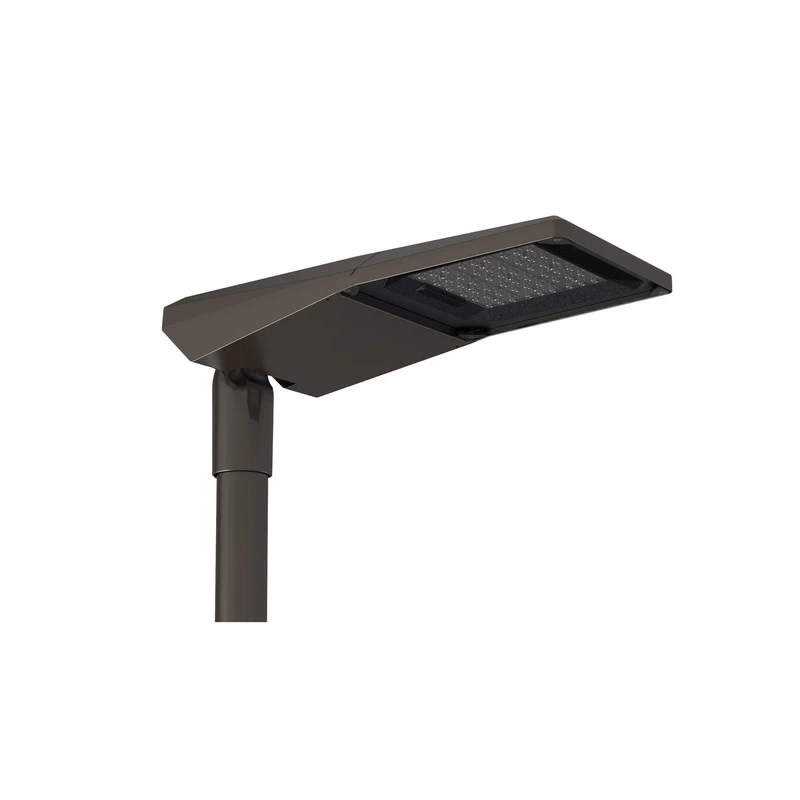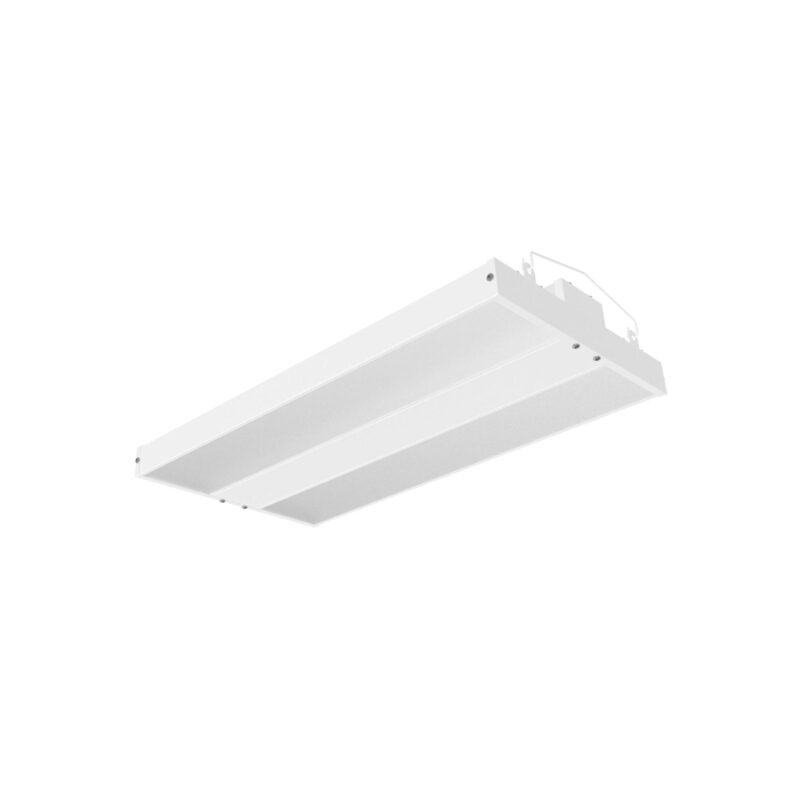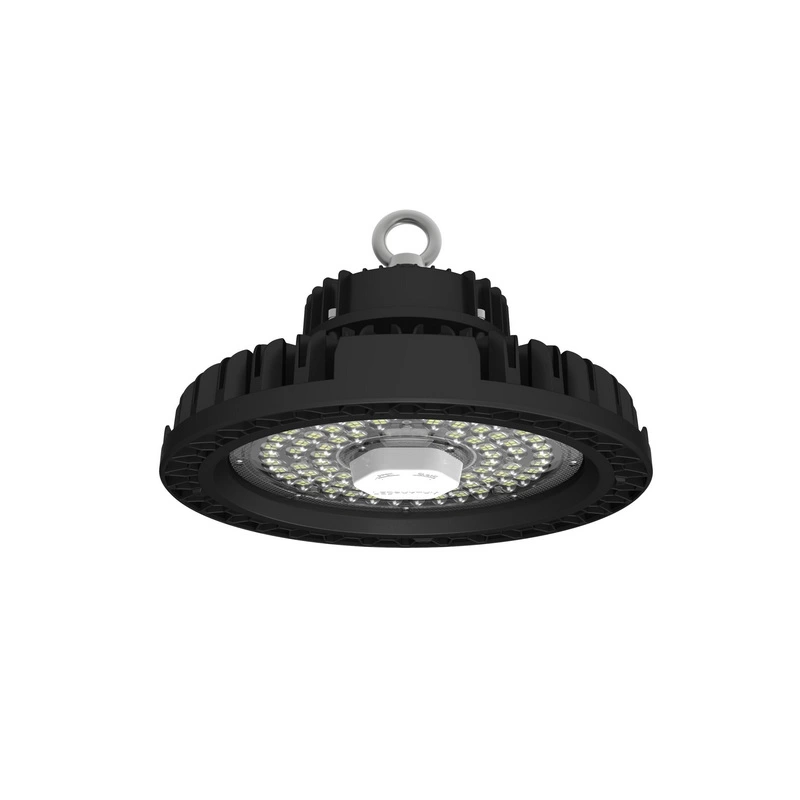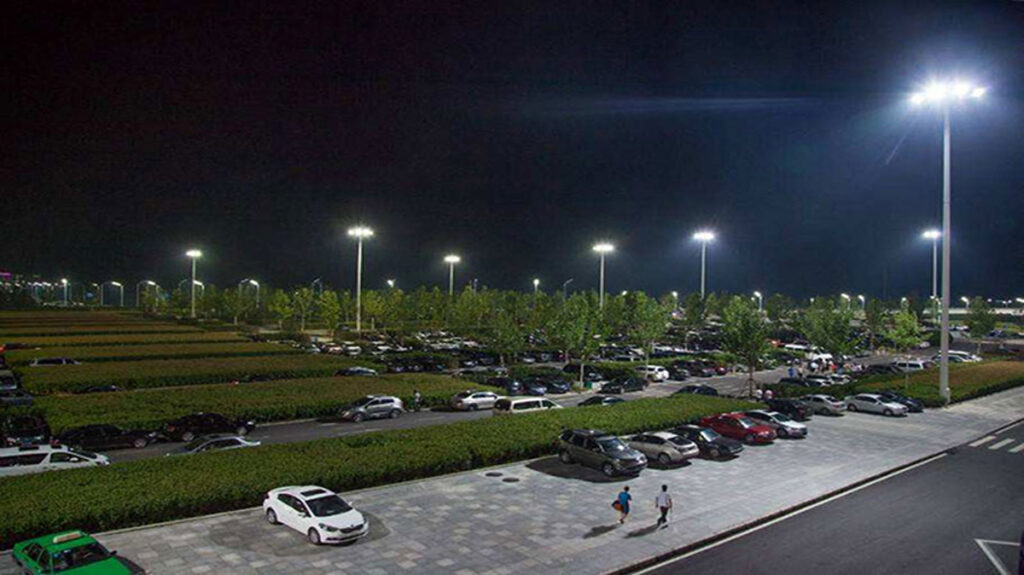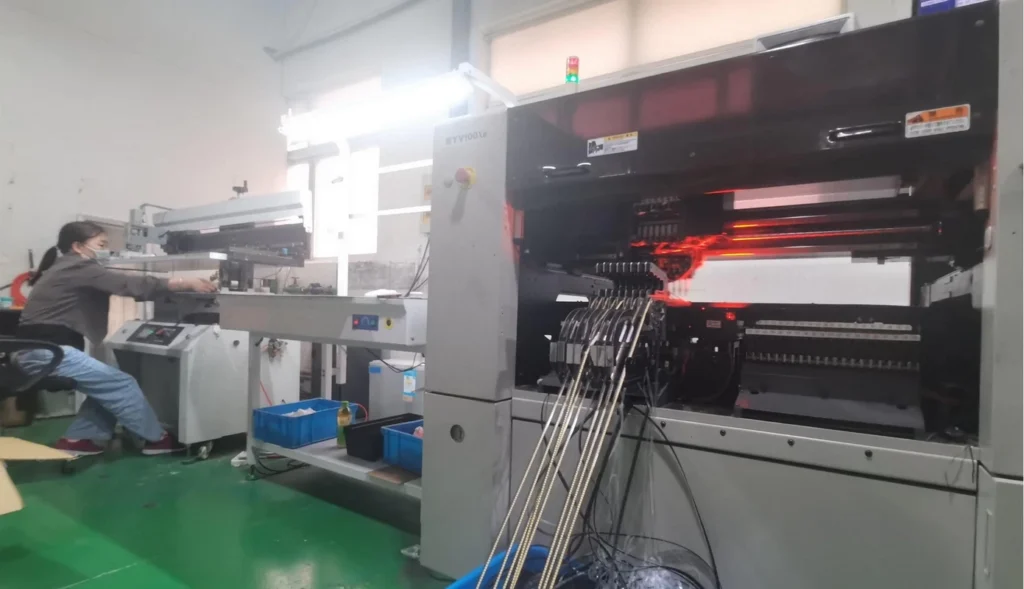
¡100 factores que afectan a las luces LED de movimiento! | LEDRHYTHM
Cuando hablamos de iluminación deportiva de alta calidad, las luces LED para deportes se han convertido en una opción insustituible. Desde la iluminación para deportes de interior hasta la iluminación para deportes de exterior, desde la iluminación para deportes náuticos hasta la iluminación para campos deportivos, todos los entornos requieren una iluminación fiable para garantizar la experiencia de atletas y espectadores. Especialmente en el campo de la iluminación deportiva de competición, las luces deportivas LED desempeñan un papel importante, y el rendimiento de las lámparas afectará directamente a la calidad y la apreciación del juego.
El brillo y el color de la luz son uno de los factores clave del rendimiento de la iluminación deportiva, que afectan directamente a la visibilidad y el ambiente del campo de juego. Una distribución e intensidad de la luz adecuadas pueden garantizar una buena visibilidad del campo de deportes, permitiendo a los atletas ver el juego con mayor claridad, mientras que una iluminación uniforme puede evitar diferencias de brillo deslumbrantes, mejorando así el nivel atlético de los atletas y la experiencia de los espectadores.
El rendimiento de regulación y el método de control de las luces para campos deportivos también son muy importantes. Diferentes competiciones deportivas y diferentes etapas de la competición pueden requerir diferentes intensidades de iluminación, y un sistema de regulación y control eficiente puede crear el mejor entorno visual para la competición.
La instalación y el diseño de las luces de los campos deportivos también son muy importantes. La altura y el ángulo de instalación de las lámparas afectarán al alcance de proyección y a la uniformidad de la luz, lo que repercutirá en la equidad y la apreciación del juego. El diseño y la estructura del poste de luz LED también afectarán a la estabilidad de fijación de la lámpara, garantizando que la luz no se vea perturbada por factores ambientales externos.
Dado que la iluminación de campos deportivos suele necesitar un uso continuado durante mucho tiempo, el controlador y el sistema de refrigeración de las luces LED para deportes son también uno de los factores clave que afectan al rendimiento. Una fuente de alimentación estable y un diseño eficiente de disipación del calor pueden garantizar un funcionamiento estable a largo plazo de los LED, reduciendo los costes de mantenimiento y sustitución de las lámparas.
Por lo tanto, ya sea en el lugar de la competición o en el entorno exterior, la calidad y el efecto de la luz son muy importantes. Por lo tanto, cuando elegimos focos LED, tenemos que considerar exhaustivamente el brillo, la seguridad, el diseño, el conductor, la óptica, la vida útil, ahorro de energía, sistema de disipación de calor y otros factores de las luces LED de deportes, que pueden asegurar que se crean excelentes efectos de iluminación para el campo de deportes y mejorar la experiencia de juego y Ornamental.

¿Cuáles son las ventajas de las luces deportivas LEDRHYTHM?
En primer lugar, LEDRHYTHM formulará una solución de iluminación exclusiva después de la simulación de nuestros ingenieros ópticos profesionales de acuerdo con el sitio real aplicable del cliente. Y el concepto de diseño de iluminación de LEDRHYTHM es dejar que los atletas jueguen lo mejor posible y hacer que la experiencia visual sea mejor; Debido a que las lámparas, los controladores y los cuerpos de las lámparas están hechos de marcas de renombre internacional, las lámparas pueden reducir en gran medida la transmisión de energía al tiempo que mejoran la iluminancia, la uniformidad y el índice de reproducción cromática. 70%~80% de ahorro de energía que las fuentes de luz tradicionales.

